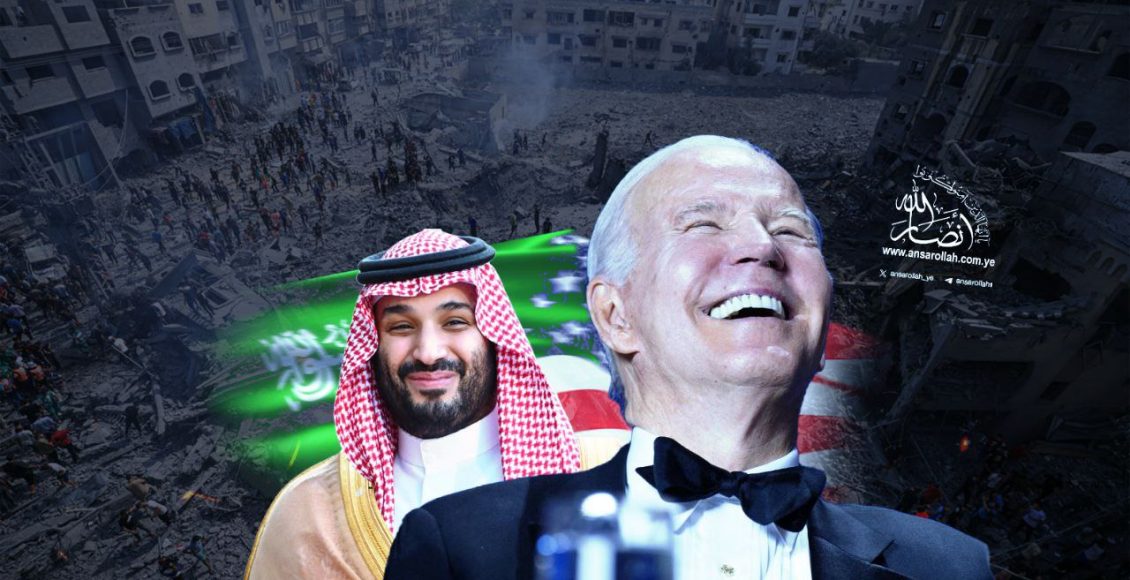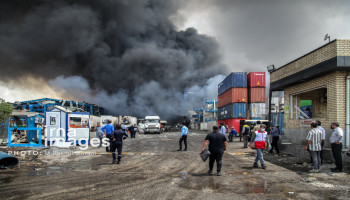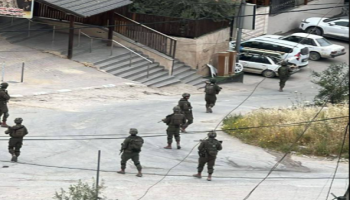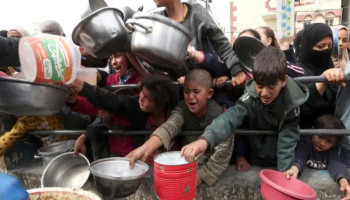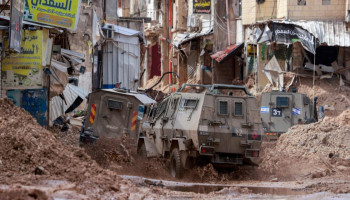The conflict with the Zionist enemy is intensifying across Gaza, the West Bank, and southern Lebanon. While these areas are the primary and direct targets, the nature of this struggle surpasses mere geography. The American imperialist vision, alongside Zionist ambitions and Western colonial designs, encompasses the entire region.
The region spanning West Asia, North and East Africa, and the Arabian Peninsula has long been a center of rivalry due to its critical position linking three continents. This geography has drawn the interest of colonial and imperial powers throughout history, from British and French colonial ambitions to American influence after World War II, making it a focal point in global power struggles.
The current conflict between resistance forces and colonial and Zionist powers revolves around strategic geographical aims: control over vital waterways, key routes between Asia, Europe, and Africa, and global trade pathways, like the Silk Road and the India-Haifa route. These efforts are part of a broader imperial strategy to dominate the global economy.
Since the al-Aqsa Flood began a year ago, the battle has centered around what the enemy terms the “Middle East” as a whole. The fight transcends occupied territories, with the United States not just acting as a supporter but as a full-fledged combatant advancing a shared project to secure domination over the region and maintain American-Zionist hegemony.
The Role of the United States
The United States serves as a leader and a strategist in the region’s hostile actions, considering influence in the region essential for global control. Washington views dominance over the “Middle East” as strategically crucial to limit Russian and Chinese expansion. The region’s geographic location provides a gateway to control global energy resources and trade networks, such as the Silk Road. The U.S. continues to forge military defense alliances, particularly with states surrounding China, as a means of exerting pressure.
The Role of Zionism
“Israel” functions as a key component of American strategies to dominate the region, reasserting its regional significance through projects like the “Abraham Accords.” These initiatives aim to create a new political geography that expands Zionist influence. Israel seeks regional supremacy by strengthening military and trade ties with countries like Turkey and the UAE. It also pushes for strategic projects, such as the India-Haifa route, aimed at isolating China from the region’s strategic landscape.
The American Geopolitical Approach
U.S. policy in the region is built on the geopolitical legacy of Zbigniew Brzezinski, who remains a strategic architect for the West, emphasizing geography as the linchpin of American dominance. What the West calls the “Middle East” serves as a pivotal arena due to its oil and gas resources and strategic importance. The West and Zionist forces have implemented a strategy of fragmentation, weakening powerful states into fractured entities under authoritarian regimes subservient to the U.S. and aligned with Zionist normalization.
Looking at the geographical span of the conflict, three regional powers stand out: Turkey, Iran, and the Arab states. However, Arab influence has largely declined, except for resistance forces in Yemen, Iraq, Syria, Lebanon, and Palestine. Turkey has become an imperialist enforcer, while the West pressures Iran externally and foments internal unrest. The destiny of Arab liberation is now tied to Iran’s resilience.
Palestinian Resistance: The Heart of the American-Zionist Project
Before expanding its regional dominance, the Zionist enemy must neutralize Palestinian resistance. This elimination is necessary to advance normalization efforts, which are fundamentally aimed at entrenching Zionist control in the Arab world and realizing the vision of a “Greater Israel” dominating the region.
Palestinian resistance in Gaza remains a formidable barrier, significantly obstructing Israel’s regional ambitions. These ambitions, bolstered through the Abraham Accords, began with normalization deals with the UAE, Bahrain, and Morocco, and were intended to expand to include Saudi Arabia and other Islamic nations awaiting Saudi initiative.
The al-Aqsa Flood operation on October 7, 2023, effectively disrupted these normalization plans, leaving a profound impact on the region. Gaza’s armed resistance has emerged as a strategic threat to the regional system that the Zionists and Americans have aspired to establish.
American-Zionist Sabotage Across the Region
To secure the imperial-Zionist agenda, global imperial forces aim to destroy or weaken any nation that threatens their influence or complicates U.S. designs, particularly those allied with Russia in opposing imperialism. This is evident in the civil wars ignited in Syria and Yemen, sanctions and containment efforts against Iran, and prior acts like the destruction of Iraq, the Iran-Iraq War triggered by Saddam Hussein’s betrayal, and the downfall of Afghanistan’s socialist government, which was exploited to drain Russia. Egypt’s alignment with the West through the Camp David Accords further ensured that potential regional powers were neutralized. These rising forces once had the capacity to lead liberation movements and unite with Eurasian forces to expel colonial influence from both the Middle East and the greater Eurasian region.
The Emergence of New Resistance to the American-Zionist Agenda
In recent decades, the regional struggle has expanded beyond state actors, with non-state resistance groups like Hamas, Hezbollah, and Yemen’s Ansar Allah emerging as key players. These groups now play critical roles in countering Western-Zionist strategies and have become significant actors in the evolving conflict.
The current conflict, extending beyond Palestine and Lebanon, now engulfs the entire region. It forms part of a broader global confrontation—an undeclared war between Western imperialist forces pursuing unipolar dominance and emerging multipolar powers from the Global South. This global struggle seeks to reshape power dynamics and assert control over vital regions and resources.

